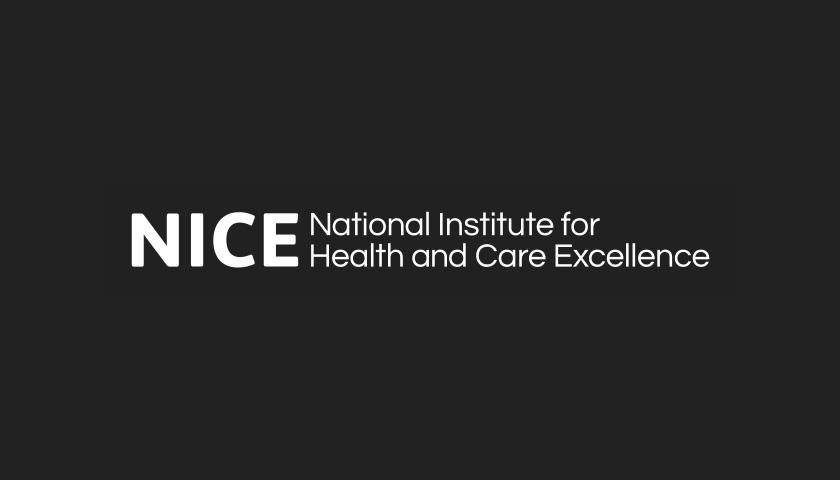The next five years of NICE: Challenges, opportunities, and the future of technology assessment

If NICE is to remain a “beacon of evidence-based medicine”, it must become more agile, more flexible, and more ready to adapt – and COVID-19 has proved that it is more than capable of doing so.
NICE is about to undergo a complete transformation in a bid to get ready – and stay ready – for the future of health and social care.
As reported by pharmaphorum earlier this week, the organisation’s new five-year strategy proposes to speed up evaluations, focus on new technologies such as digital health, and make better use of real-world data.
During a live launch of the document, held online on Monday, those behind the document answered questions on how the document will guide NICE’s role in challenges from health inequalities to sustainability.
What did the pandemic teach you about NICE’s role, strengths, and challenges?
The pandemic showed a “key need” to work faster with more flexibility and more collaboration, said Sharmila Nebhrajani, NICE chair.
Professor Gillian Leng, chief executive, added that COVID-19 had reinforced the need for an evidence-based approach.
“I am really proud of the staff who worked so hard and who collaborated so well with colleagues right across the research agenda and internationally to pull on evidence from around the world and produce guidelines that people really needed,” she said.
“We had to change things – we obviously couldn’t have several week-long consultations, for instance, but people were brilliant at responding within a really rapid timeframe… We must maintain that agility, that speed, and that collaborative spirit.”
How do you get the right balance between the dynamism in response and the rigour and scientific evaluation you need?
Paul Chrisp, director of NICE's Centre for Guidelines, said that the degree of rigour would not change, rather the organisation would focus its efforts where it could have the biggest impact.
“If we can prioritise the areas where there is the biggest population healthcare burden… the biggest unwarranted variation in outcomes or quality of care, for example, then we can make the biggest difference,” he said.
Guidance development would still follow the same rigorous process, he went on, but each step would be quicker, slicker, and more efficient.
How do we get innovative technologies to the frontline faster?
Meindert Boysen, deputy chief executive and director, of NICE’s Centre for Health Technology Evaluation, said adoption should be part of the evaluation process.
“Implementation ought to be at the forefront of our thinking when we develop the guidance, not something that happens after we publish it. Planning and understanding what needs to be done early on is key,” he said,
He added that it was “vital to tap into” existing adoption mechanisms and tools, such as the Innovation Scorecard and the Accelerated Access Collaborative.
What can NICE do to address health inequalities?
Prof Leng said that the pandemic had brought the issue of health inequalities into sharp focus.
“If you look at NICE’s work and principles, tackling this issue has always been front and centre of what we do – we do our work to make things fair and balanced,” she said.
However, she added, there is always a need to “consider what more we can do” and this is reflected in the strategy.
“We will be reviewing our methodologies, both for the guidelines work and for technology appraisals, to see whether there is something more we should be doing to prioritise technologies that might be able to help the system address inequalities,” said Prof Leng.
“Importantly, we will also be looking at the work that we do around supporting uptake… because it could be that the rollout of something new is not done in a way that addresses inequalities, meaning that perhaps the healthier in society get healthier while other groups lose out.”
What can you do to redress the balance between physical and mental health?
“There is much more we can do to consolidate all our guidance around mental health topics,” said Dr Chrisp, adding this would give a much clearer picture of “hotspots”, gaps, and areas to focus on.
“For me, it comes down to simplifying, streamlining, and speeding up so we can contrate on the things that matter, and structure them in a more accessible way.”
Is it feasible to work sustainability into technology assessments?
We have no option but to consider sustainability, Boysen said. “We have to start small, perhaps by asking our colleagues in the industry to provide us with the information they already have available,” he went on.
“I think the more difficult question is what the trade-off will be between sustainability and health, and that is where we need to do a lot more work.”
The organisation’s science, evidence and analytics directorate is currently looking at this topic, he added.
How will real-world evidence be worked into decision making and evidence analysis?
The five-year strategy includes an ambition for “living guidelines” that will include a data-driven feedback loop, linked to real-world evidence, said Dr Chrisp.
“We are not starting from scratch here. We do already use real world evidence,” he went on, “however, what we now need to do is make this more systematic and more embedded in the way we work.”
Click here to read the strategy.
About the author

Amanda Barrell is a freelance health and medical education journalist, editor and copywriter. She has worked on projects for pharma, charities and agencies, and has written extensively for patients, healthcare professionals and the general public.












